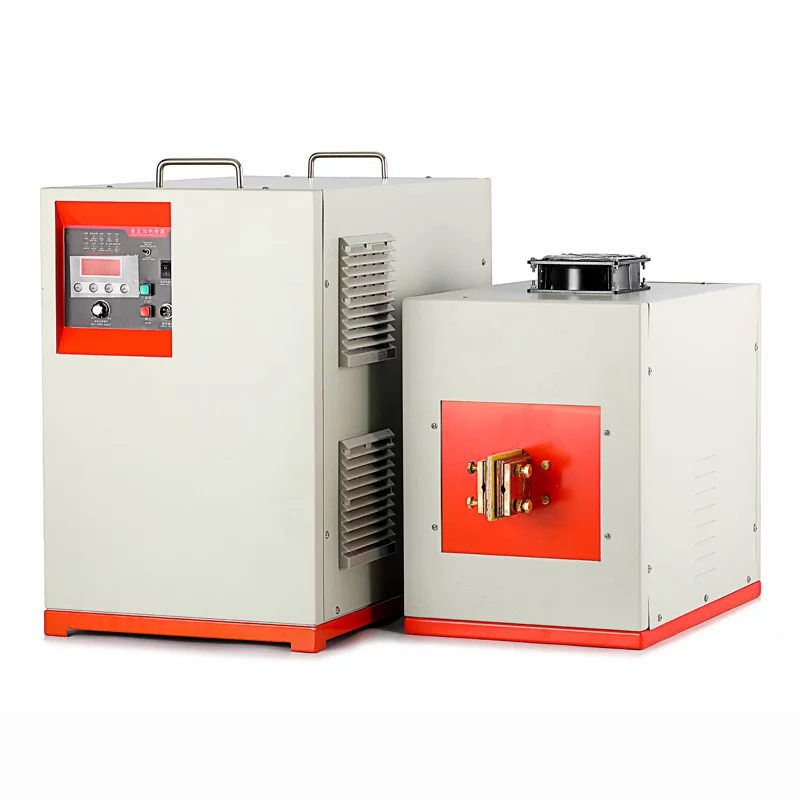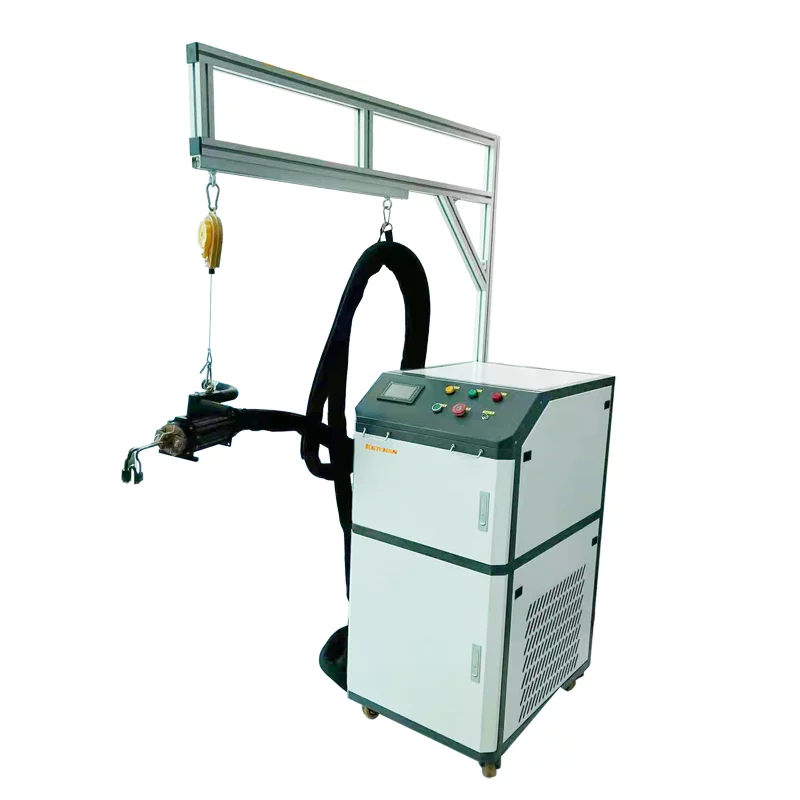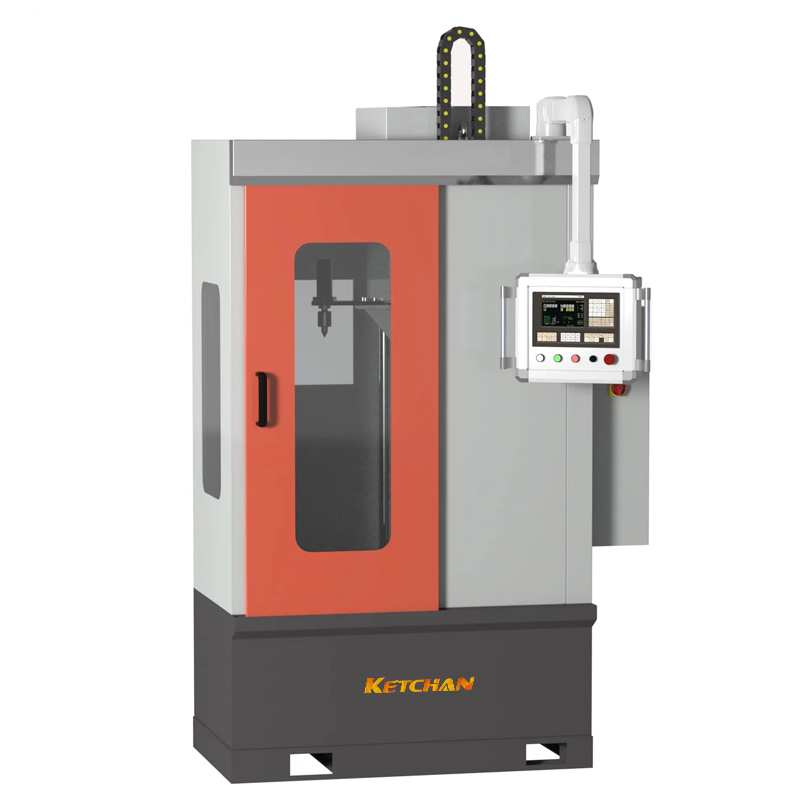1. The chemical composition of the material, the same brand of material, the chemical composition may be different, it must be different quenching temperature,
2. Shape of the workpiece. For long and thin rod parts and thin-wall parts, the deformation of heat treatment is large, and the amount of workpiece after correction is large
3. The size of the parts, take 45 steel, for example, the critical quenching size is 9-14mm, the designer does not understand the heat treatment, after adding the machine must be quenched and tempered. They don’t care if you crack after quenching, once you do, they will say “what level” you are despised.
4. Casting parts quenching and tempering: some casting quality is originally poor, porosity, loose, inclusion, a large number of casting problems, quenching cracking after you heat treatment quenching crack.
5. Material mix, I believe that the heat treatment colleagues have encountered, carbon steel and alloy steel did not separate sent heat treatment.
6. Equipment problem. During tempering, the equipment “running temperature” increases, and after tempering, the hardness is low, and then it has to be re-quenched again.





